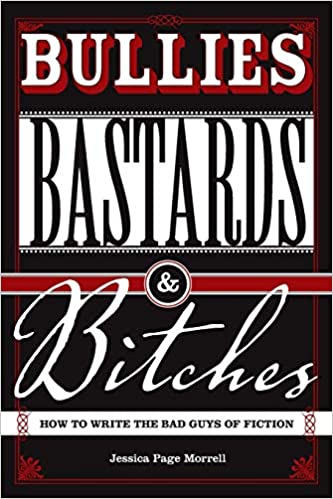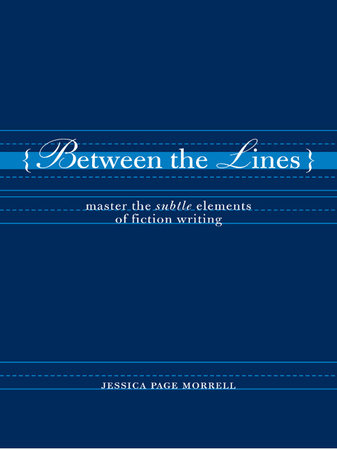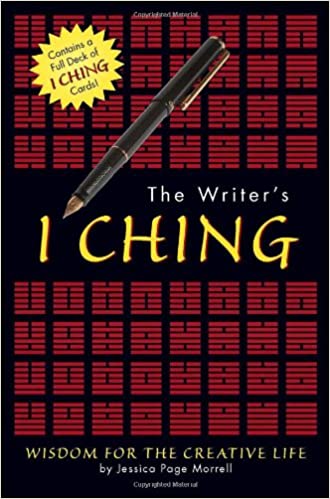I sometimes hear grumblings about story structure. As in a structure equals manacles or some form of onerous constraints.
 Or story structure is for wimps; real writers plot by the seat of their pants and the fairy whisperings of muses.
Or story structure is for wimps; real writers plot by the seat of their pants and the fairy whisperings of muses.
But here I sit typing on a laptop, a machine with a screen, keyboard, off/on switch, memory, hard drive, and such all working together to fabricate an amazing tool. I’m wearing a shirt. It’s cotton and blousey and has sleeves and a simple neckline. It’s a pattern that’s been around for hundreds of years sort of like peasant tops of old and has a pocket–a marvelous invention, though I don’t really it on my blouse. My capris don’t have pockets–where they’d be more useful. My feet are bare. They’re attached to my body by bones, muscle, nerves, blood. I am not about to complain how every body requires lungs or a heart or a liver or spleen. Or how my body houses 50 trillion cells because most of us realize that the human body is the most intricate of systems.
But writers complain about the architecture needed to hold together a story I’m just plain baffled. As in stories should be fanciful confections or concoctions spun together without recipe or rigor.
As they drive in engineered cars, and live in engineered homes, and cross water in structures and board structures to fly above clouds. All invented with thought and planning and expertise. I prefer planes that have perfectly syncopated parts and boats that will stay afloat.
When I bake I follow a recipe because I want cakes and bread to rise and dough to become crispy cookies and piecrusts to remain flaky. Now, cooking as in concocting a pasta sauce or spice rub is another matter–I often wing it. But, I have years of experience winging it because I’ve worked in the profession and began cooking since I was about eight.
Most everything has a structure from molecules to music to moonwort. As I’m typing this I’m remembering my high school Earth Science and Biology classes. We learned about the glacial history of Wisconsin, we dissected frogs, we squinted into microscopes trying to identify minuscule life forms. I had problems identifying those little globs, but our teachers were on fire with this knowledge. They knew so much. It was years later that I became fascinated with human cell structure. In my old age I plan to carve out time so I can learn more about how cells receive information. Because somehow our cells are listening in on our lives as we go about making breakfast and slipping the key into the ignition. 
Here’s the thing: Structure communicates. Humans seek out patterns all around them and seek to understand patterns. Our brains also seek out narrative forms—a beginning, middle and ending. Cause and effect. Problem and solution. From chaos to order.Injustice becomes justice. Lost becomes found.
Our brains recognize balance and stasis and crisis. A conclusion that reflects certain values or precepts. Even in sleep narratives appear in our dreams and nightmares. It’s crucial that our hardwired brains can sense the structure beneath the story. Without this structure readers aren’t as engaged. They sense the needed forward movement/engine of fiction. They sense when a story doesn’t provide catharsis. Readers likely aren’t aware that they’re responding to inner workings or frameworks, just as when you when the plane lifts off , you’re not aware of every bolt and design decision that creates aerodynamics.But you trust they exist. That engineers and designers and mechanics built that sucker striving for perfection.
Stories communicate why and how people change. Stories test humans or characters and characters struggle and change and win or lose. As you write you don’t need to pause every 20 pages and ask yourself if your story needs a new twist or reversal. It doesn’t mean you’re constantly plotting like you’re building a Tinkertoy tower. You think about what you’re going to write before you begin and perhaps sketch a rough outline. You understand that your story will tame the chaos or solve the problem that the beginning introduces. This is not oppression people, because even if you choose to ignore the architecture of your story, you’ll end up with one anyway.
But somewhere along the way I suggest you learn about the underpinnings and then you simply write. With joy and ease if you’re lucky. No pocket protectors or nerd gear needed. Give yourself room to uncover, discover as you go along. Improvise. Stalk your characters. Listen in for secrets and expect to make sudden connections that you didn’t expect to happen.
When you read a book you enjoy ask yourself what elements in the story spoke to you. And notice structure everywhere from snowflakes to leaf patterns to anthills.
Keep writing, keep dreaming, and just get over your whinging about structural devices.





My favorite description of story structure goes something like this: First you put the hero up a tree, then you set fire to the tree, and then you get him/her down.
Do you know who said this? I can’t remember.